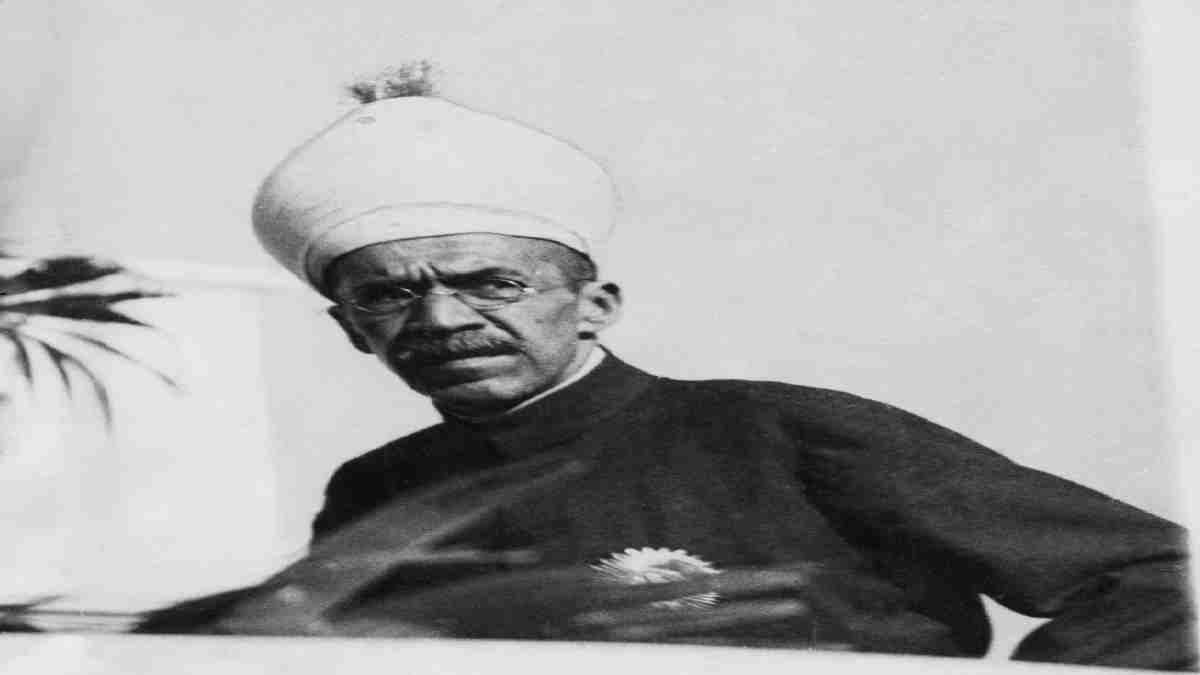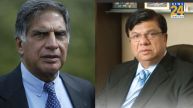When we talk about the richest man in India, one counts the names of big industrialists like Mukesh Ambani, Gautam Adani, and Ratan Tata. Well, the royalty and legacy of the richest man in the history of India goes back several decades, in fact, more than a century.
If we look at history, Mir Osman Ali Khan is the richest person in Indian history. He was the 7th Nizam and the last Nawab of Hyderabad Princely State.
Last nawab of Hyderabad
At the time of independence, India was divided into several princely states (565). Except for Hyderabad, Junagadh, and Jammu and Kashmir, all the princely states of India opted to join the Indian Union. Hyderabad was the most prosperous of these states. Nizam Osman Ali Khan, who ruled Hyderabad for 37 years from 1911 to 1948, was the last Nawab of Hyderabad.
He was born on 6th April 1886 and died on 24th February 1967. He was the richest man in India before 1948. After this, his state was also included in the Union of India.
India’s ‘Elon Musk’
In 1911, Osman Ali Khan succeeded his father as the Nizam of Hyderabad and held the position for nearly 40 years. The net worth of Usman Ali Khan during his time was said to be above Rs 17.47 lakh crore ($230 billion). Khan’s net worth is almost equal to that of Elon Musk. Musk is now the richest person in the world with $286 billion.
Owner of 50 Rolls Royces
In 1911, The Nizam was awarded the honorary title of Knight Grand Commander of the Star of India. He was also awarded the rank of Knight Grand Cross of the British Empire in 1917. He also received the Royal Victoria Chain in 1946. According to some reports, he owned more than 50 Rolls Royces.
Mir Osman Ali Khan was one of the seven Nizams who ruled Hyderabad before it joined the Union of India. He had about $400 million worth of jewelry, including the famous Jacob Diamond, which is now worth $95 million.
However, in 1948 the Nawab had to give up his kingdom and join the Republic of India. The Nizam’s sources of revenue dwindled after the merger of Hyderabad with the Indian nation.
Also Read: Problem solved! No more confusion between Mutual Funds and SIP













